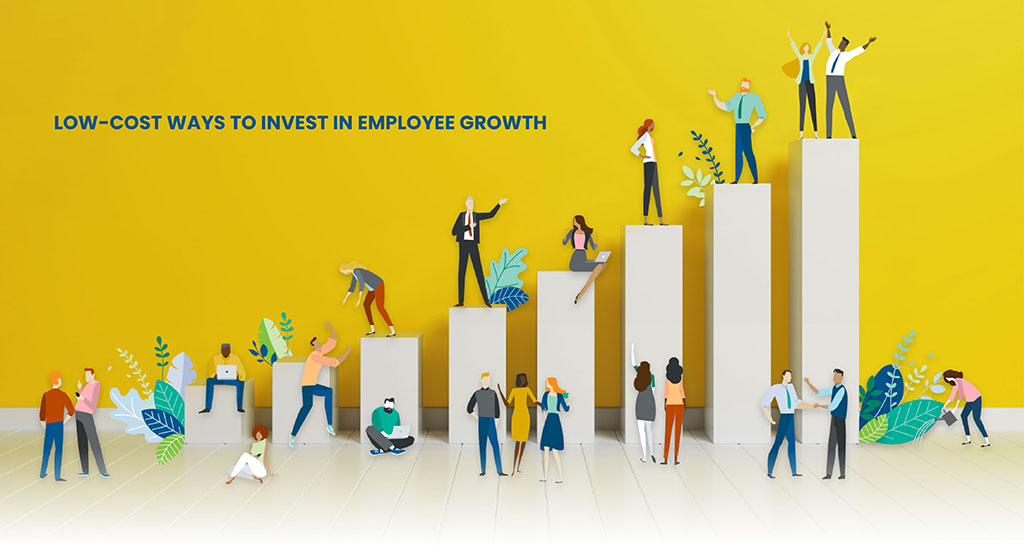Investing in the development of employees does not necessarily demand a substantial financial outlay. Many of the most significant growth opportunities arise from straightforward, cost-effective approaches that emphasize learning, collaboration, and acknowledgment. When organizations prioritize development, even with limited resources, they cultivate more robust teams, enhance morale, and increase employee retention.
One of the simplest and most cost-effective methods to promote employee development is by implementing mentorship programs. Connecting less experienced employees with seasoned team members facilitates learning and enhances confidence. This approach promotes knowledge sharing and assists employees in advancing in their positions through practical guidance and constructive feedback.
Cross-training represents a beneficial strategy. By enabling employees to acquire skills beyond their main duties, it allows them to gain a broader perspective and equips them to tackle new challenges. Additionally, it fosters adaptability within the team, which can be particularly advantageous for small enterprises that require team members to assume various roles.
Promoting self-directed learning is not only empowering but also economical. Numerous online platforms provide free or low-cost courses covering a wide array of subjects, from technical skills to leadership development. Allowing employees time during the week to engage with these resources demonstrates trust and a dedication to their professional growth.
Lunch-and-learn sessions represent an additional cost-effective initiative. These casual meetings, facilitated by team members, guest speakers, or even virtual specialists, can address industry trends, personal growth, or updates about the company. They promote a culture of learning while ensuring that the workday remains uninterrupted.
An additional excellent alternative is to motivate employees to participate in complimentary webinars or industry events, a significant number of which are currently accessible online. These opportunities offer new perspectives, networking possibilities, and innovative concepts that they can share with the team.
Acknowledging and celebrating the accomplishments of employees contributes to growth. Recognition enhances confidence and encourages individuals to continue learning and developing. Such recognition can be as straightforward as a mention during a team meeting or a customized note expressing gratitude.
Ultimately, it is advisable to establish internal knowledge libraries, shared folders, or platforms that allow team members to access important articles, guides, and training materials. Promoting employee contributions to and utilization of these resources fosters continuous and collaborative learning.
In summary, investing in the growth of employees does not necessarily require significant expenditure. By employing some creativity and demonstrating a sincere dedication to development, organizations can enable their teams, enhance engagement, and establish a robust groundwork for future success.






